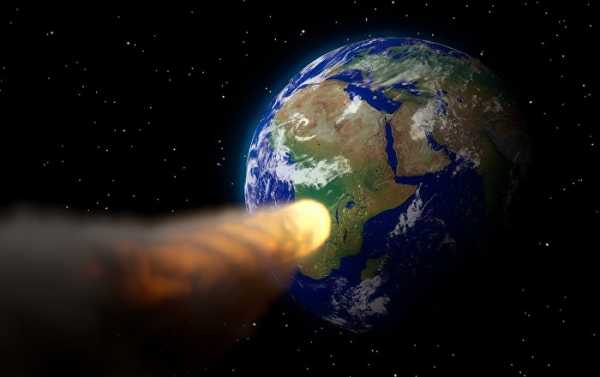
The NASA aerospace agency has been constantly monitoring so-called near-Earth objects since 1998, even those that pose little threat to the planet. The five asteroids that will pass by the Earth on 10 November may not hit it, but there are roughly 18,000 other objects that could potentially harm our planet.
Five asteroids, ranging from 6.8 to 31 metres in diameter will be passing by very close to Earth on 10 November, according to data provided by the NASA Centre for Near-Earth Object Studies. Two of them will come closest around 2 p.m. (GMT) and two others around 6 p.m. (GMT).
The latter two will pass the closest of all with some 380,000 kilometres separating them from our planet. Fortunately, the biggest of the asteroids, which can be as big as 31 metres in diameter, will pass much further and has a remote chance of reaching Earth.
Yet even those coming close to the third rock from the Sun pose little threat. According to NASA classifications only near-Earth objects (NEO) that reach at least 140 metres in diameter can be named Potentially Hazardous Asteroids (PHAs). The closest travelling NEOs that will approach Earth on Saturday can only reach 20 metres. Still one PHA will pass by Earth several days later, on 13 November, but 3.6 million kilometres away from the planet.
NASA’s Centre for Near-Earth Object Studies has been monitoring NEO for 20 years now and currently tracks trajectories of some 18,000 objects regardless of size. The centre relies on data coming from observatories around the world and calculates the dates and distances of NEO approaches. NASA announced in June 2018 that it will work in collaboration with other US agencies in order to develop a relatively reliable method of protecting Earth from incoming PHAs by redirecting them.
Sourse: sputniknews.com






